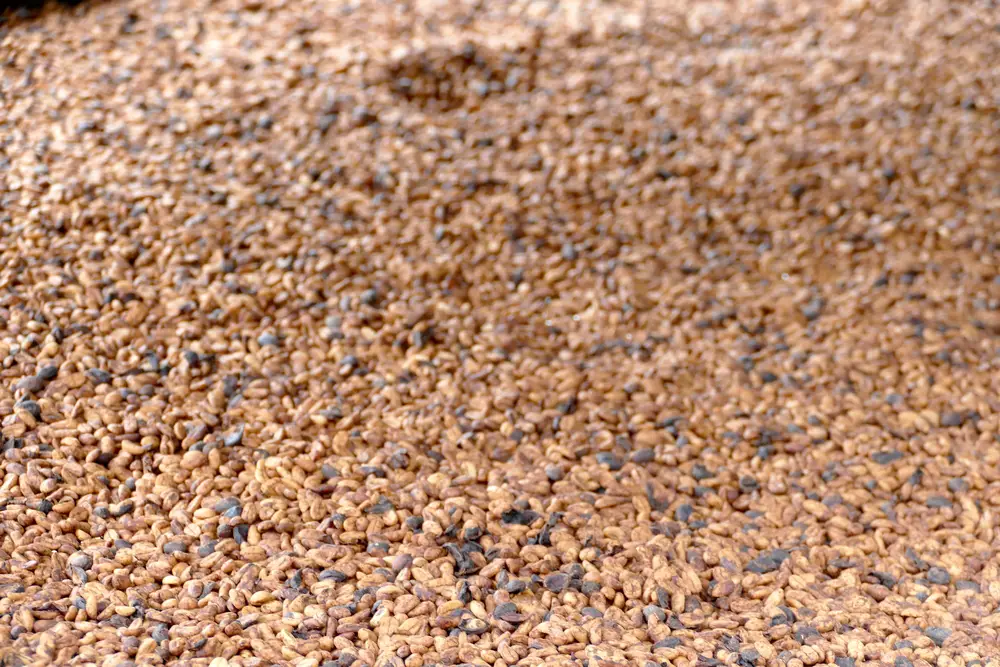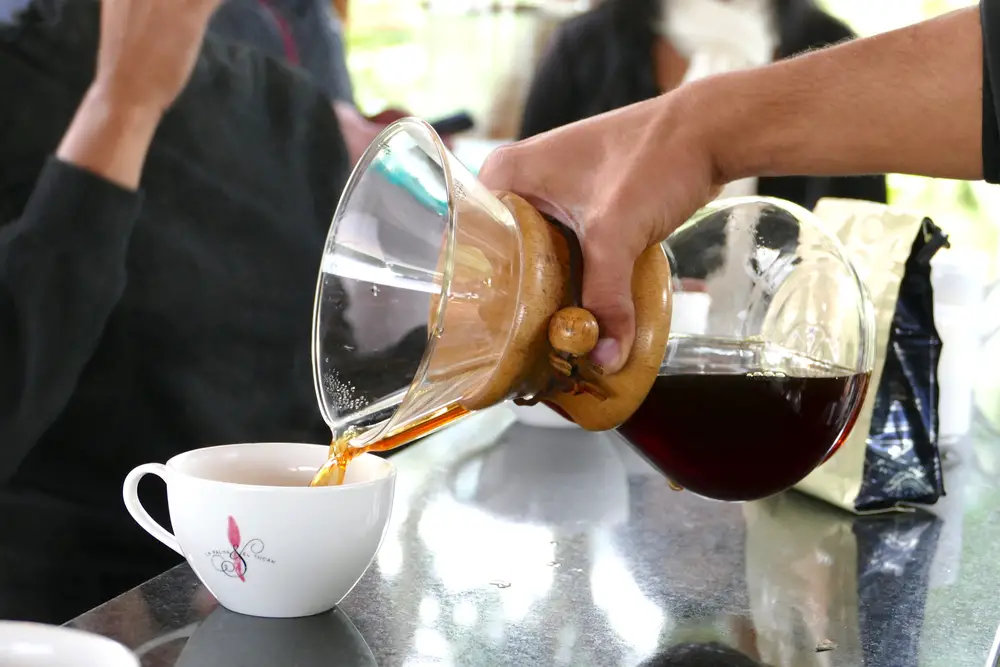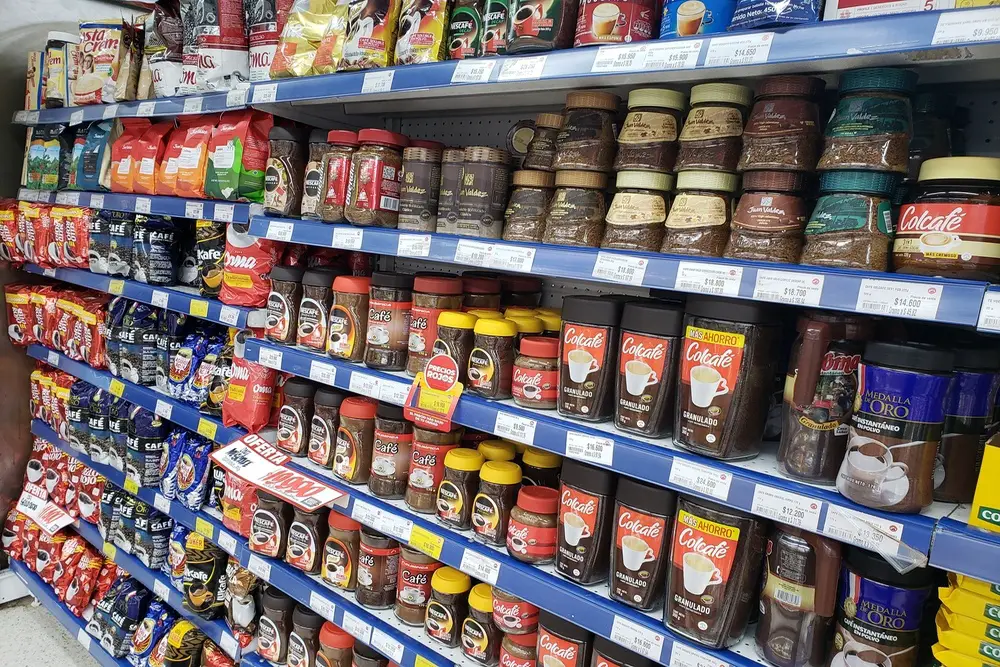Depending on who you ask, strong coffee has a different meaning. For some, it means higher caffeine levels, for others, a long-lasting aftertaste. For still others, it means the consistency of the finished brew, and for still others, a level of bitterness.
Table of Contents
What makes coffee strong or weak?
Coffee can be made strong or weak during the brewing process. The total dissolved solids (TSD) level in your coffee determines whether the coffee is strong or weak. The higher the TSD value, the stronger the coffee, and the lower the TSD value, the weaker the coffee.
You can brew a mild roast coffee with a bitter taste or a light coffee with a very strong taste, it all depends on the amount of coffee and water used.
Think of an espresso: you need 7g of coffee to brew 30ml (4.3:1), whereas with typical drip brewing you only need 1.9g of coffee to brew 30ml.
Brewing ratio for coffee strength
Because coffee strength is essentially the ratio of dissolved coffee components to water in the finished drink, the easiest way to change it is to change the coffee bean-to-water ratio in the recipe.
This is the brew ratio and is indicated by how much more water is used than coffee. For example, a ratio of 400 ml water to 25 grams of coffee results in a brewing ratio of 16 to 1.
However, it is an oversimplification to say that only the brew ratio changes the intensity and nothing else. For brewing methods that require the water to flow vertically through the coffee (such as pouring or especially espresso), changing the dosage can affect the time it takes for the water to flow. Large changes in brew ratio can make it harder for the water to extract the flavor compounds from the coffee.
Is a strong coffee a bitter coffee?
A strong cup of coffee refers to the strength and is related to the water to coffee ratio. The bitter taste, on the other hand, is caused by the over-extraction of the coffee.
The flavor comes from the extraction. Extraction is a measure of how much coffee grounds are released from the beans during brewing. So, if the coffee tastes bitter, that means it’s been over-extracted.
Over-extraction usually occurs when the brewing time is exceeded. A typical cup will brew for about 4 minutes, regardless of the brewing method you choose.
If this time is exceeded, the coffee will start to taste bitter. This means that the water has absorbed the bitter substances in the coffee. If the coffee tastes too acidic, it means it hasn’t been extracted enough.
Finely ground coffee is stronger
Finer grinds are often used to prepare espresso. Finer grinds allow the water to flow through faster and more components are extracted from the coffee.
Finer ground coffee produces a stronger cup of coffee in less time. A finer grind allows the water to flow faster. The grind itself can produce a strong aroma, but this is affected more by the extraction time than the grind itself.
Conclusion
In summary, depending on the amount of TSD dissolved during brewing, coffee can be strong or weak.
Regardless of your preferred brewing method, the ratio of coffee water can be altered to create a stronger brew.



